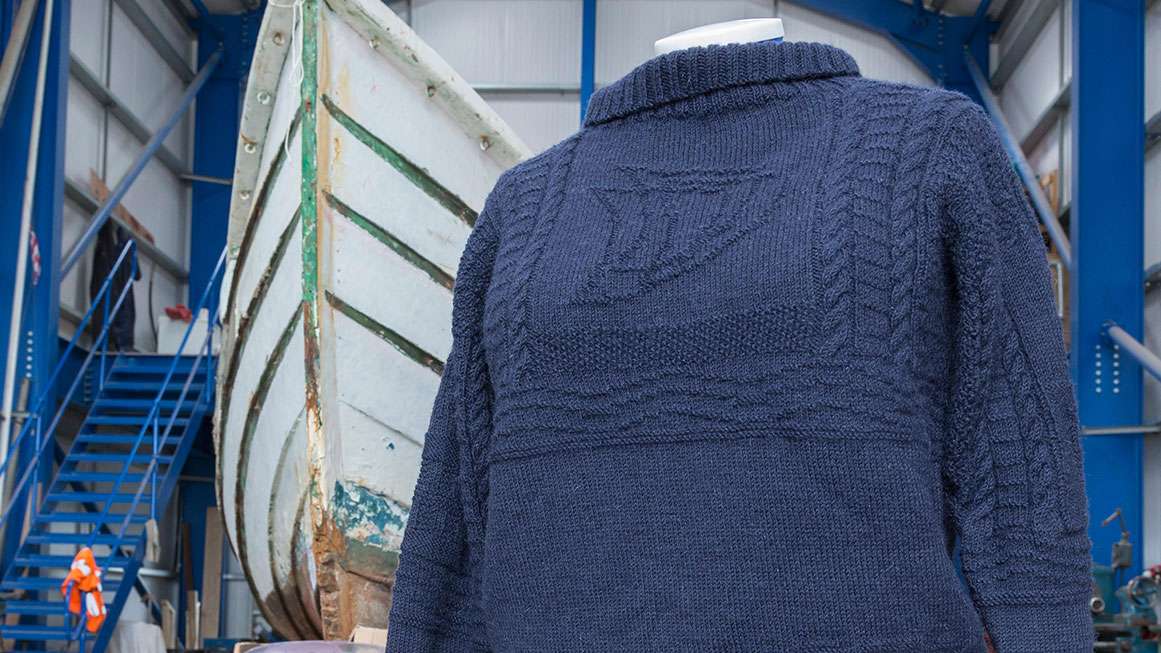Knitting has seen a resurgence in popularity among young people in recent years, influenced by social media trends and pandemic-related boredom. Young crafters are now not only rediscovering traditional knitting patterns but also reinventing them for contemporary times.
One example is the gansey sweater, which was a staple of 19th-century British fishing communities. Originally a symbol of practicality and hard work, it has now inspired numerous fashionable knitting patterns. The gansey was a product of industrialization and trade, allowing modern knitters the leisure to create this garment for pleasure rather than necessity.
Traditional ganseys were knitted with strong wool yarn to create a dense fabric that kept the wearer warm. Design techniques like leaving the lower half plain for easy repairs were common. According to Di Gilpin, co-author of The Gansey Knitting Sourcebook, the gansey represents the harmony between utility and art.
Relief patterns on gansey sweaters, such as ropes and anchors, paid homage to the seafarers who wore them. Knitters added their own creative touches reflecting their family or geographic backgrounds. The use of fine worsted yarn for relief patterns was made possible by industrialization, expanding material options beyond hand-spun yarn.
The motifs on ganseys were influenced by movement and exchange, with similar patterns appearing across different regions. Knitting a gansey sweater is a time-consuming process, once done out of necessity but now pursued as a leisurely hobby due to increased leisure time in developed countries.
While the symbols and techniques may have evolved, the rediscovery of gansey knitting is a nod to the progress and prosperity that originally shaped it.




